Ball pythons have become one of the most popular reptile pets worldwide, prized for their docile temperament, manageable size, and the astounding variety of colors and patterns that breeders have developed. However, this growing industry raises numerous ethical questions about animal welfare, genetic manipulation, conservation implications, and responsible ownership. As consumer demand for increasingly exotic and rare morphs continues to grow, it becomes essential to examine the ethics behind the practices that bring these animals into our homes. The ball python breeding industry exists at a complex intersection of animal husbandry, genetics, commerce, and ethics, requiring thoughtful consideration from all parties involved.
The Rise of Morphs: Understanding Ball Python Genetics

Ball python breeding has evolved dramatically from simply reproducing wild-type snakes to creating “designer” morphs with specific traits and colors. These morphs result from selective breeding for mutations that affect color, pattern, and occasionally structure. Breeders have identified hundreds of genetic variations, from basic recessive traits like albinism to complex combinations that can sell for thousands or even tens of thousands of dollars. The industry’s rapid growth has been fueled by the endless possibilities of genetic combinations, creating a collecting mentality among enthusiasts. However, this genetic manipulation raises questions about whether we’re breeding animals for their welfare or merely for human aesthetic preferences.
Health Concerns in Selective Breeding

One of the most significant ethical issues in morph breeding involves health complications associated with certain genetic traits. The most notorious example is the “Spider” morph, characterized by its distinctive web-like pattern but also associated with a neurological condition causing head wobbling and balance problems that can affect feeding and quality of life. Similar concerns exist with “Champagne,” “Woma,” and other morphs that may carry neurological issues. Beyond neurological concerns, some morphs like “Super” forms of certain genes can result in fatal developmental issues or reduced fertility. These problems raise the ethical question of whether breeding animals with known health defects for aesthetic purposes can ever be justified, regardless of their popularity or market value.
Inbreeding and Genetic Diversity

The quest for rare morphs often involves significant inbreeding to isolate and enhance specific genetic traits. This practice of repeatedly breeding related animals can lead to inbreeding depression, including reduced fertility, compromised immune systems, and various congenital defects. Even when visible problems aren’t apparent, inbreeding reduces the genetic diversity that populations need for long-term health and adaptability. Some conscientious breeders maintain careful breeding records and outcross their lines with unrelated animals to minimize these risks. However, in an industry where provable genetics often trump other considerations, the pressure to maintain “pure” lines creates ongoing ethical tensions between genetic predictability and animal welfare.
The Ethics of “Designer Pets”

The fundamental question at the heart of exotic morph breeding is whether we should be creating animals primarily as decorative objects or collectibles. Ball python morphs are often marketed with enticing names like “Banana Enchi Clown” or “Sunset Mystic Potion,” treating living animals almost like fashion accessories or trading cards. This commodification risks reducing sentient beings to products valued primarily for their appearance rather than their intrinsic worth as living creatures. The collecting mentality can lead to animals being acquired primarily for breeding projects rather than as companions, potentially compromising their care. Some argue this approach fundamentally disrespects the animal’s nature and dignity, while others maintain that responsible breeding can coincide with appreciating the animals as living beings worthy of excellent care.
Wild Collection and Conservation Implications

While most ball pythons in the pet trade today are captive-bred, the industry still has connections to wild populations. New genetic traits occasionally enter the market from wild-caught specimens, and thousands of ball pythons are still exported annually from West Africa. Over-collection has contributed to population declines in some regions, with Ghana’s ball python exports dropping by 80% between the 1990s and 2010s, suggesting possible depletion. Beyond direct collection impacts, the focus on captive morphs may divert attention and resources away from conservation of wild ball python populations, which face threats from habitat loss and hunting. Some argue that the captive breeding industry could potentially support conservation efforts through partnerships and funding, though such connections remain underdeveloped in most cases.
Breeding Methods and Animal Welfare
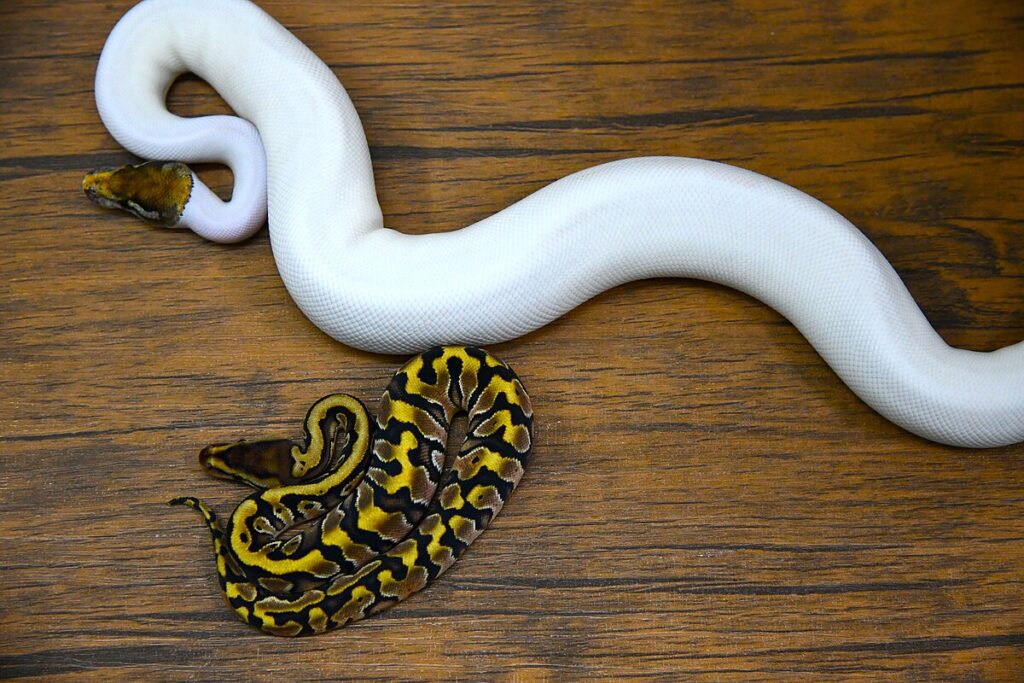
The conditions under which breeding ball pythons are kept vary dramatically across the industry. High-volume commercial breeders may keep hundreds or thousands of animals in minimalist rack systems that provide the basic biological needs but offer little environmental enrichment or space for natural behaviors. At the extreme end, some operations have been criticized for keeping snakes in cramped, barren conditions that prioritize space efficiency and breeding productivity over animal welfare. More ethical breeders prioritize naturalistic enclosures with adequate space, climbing opportunities, and environmental enrichment, recognizing that psychological well-being matters even in reptiles. The contrast between these approaches highlights how financial motivations can sometimes conflict with welfare considerations in the breeding industry.
The Question of Overproduction

The ball python market has experienced significant fluctuations, with some morphs that once commanded thousands of dollars becoming relatively common and affordable. This market volatility can lead to overbreeding when breeders produce large numbers of animals in anticipation of demand that may not materialize. The consequences can include flooding the market with animals that may end up in unprepared homes or, worse, abandoned when they grow larger than expected or require more care than anticipated. Rescue organizations frequently report taking in unwanted ball pythons, suggesting a disconnect between production and responsible placement. Ethical breeders focus on producing fewer, higher-quality animals with secured homes rather than maximizing production numbers, reflecting a commitment to each animal’s lifetime welfare.
Consumer Responsibility and Education
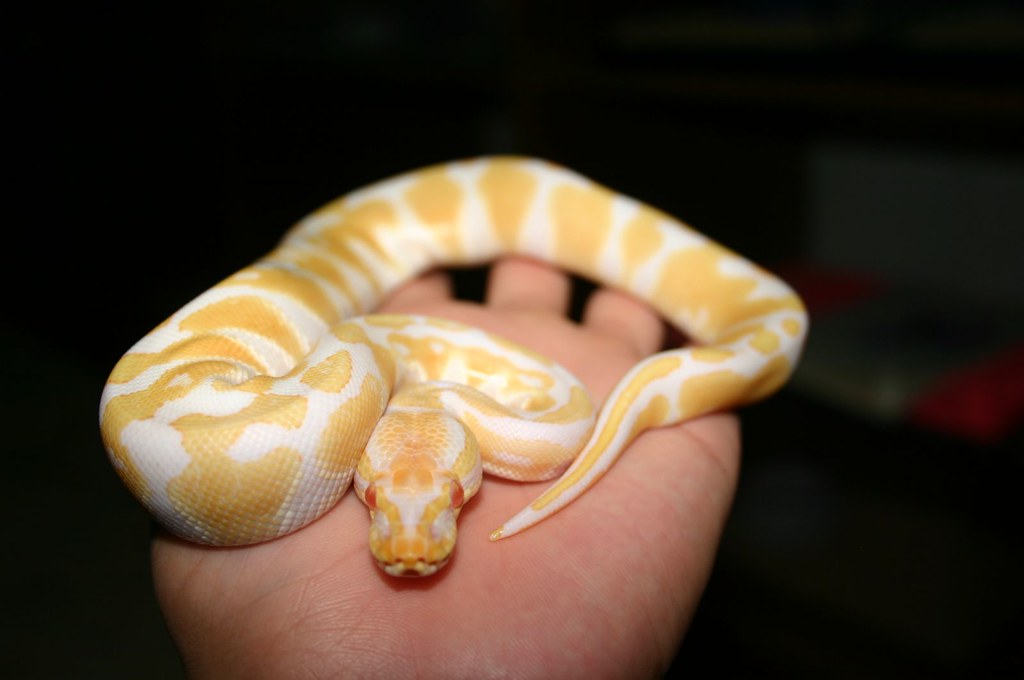
Ethical considerations in ball python breeding extend to consumers, who drive market demand with their purchasing choices. Many buyers are drawn to exotic morphs without thoroughly researching the species’ requirements, potential genetic health issues, or the reputation of the breeder. This lack of due diligence can support problematic breeding practices and result in animals receiving inadequate care. Responsible ownership requires understanding that ball pythons can live 30+ years, grow to 3-5 feet, and require specific temperature gradients, humidity levels, and enclosure features. Buyers should also investigate the ethics of different morphs, avoiding those with known health complications and supporting breeders who prioritize animal welfare over profit. Consumer education represents one of the most powerful forces for positive change in the industry.
Regulations and Industry Standards

Unlike many other animal breeding industries, reptile breeding remains largely unregulated in terms of specific welfare standards. While laws addressing basic animal cruelty apply broadly, few jurisdictions have specific requirements for breeding conditions, genetic health, or sales practices for reptiles. This regulatory gap has allowed a wide spectrum of practices to develop, from exemplary to problematic. Some industry organizations have attempted to establish voluntary standards and codes of ethics, though these vary in comprehensiveness and enforcement mechanisms. The Federation of British Herpetologists, for example, discourages breeding morphs with known welfare issues, but such guidelines remain voluntary. This regulatory landscape places greater responsibility on breeders to self-regulate ethically and on consumers to select responsible sources.
Balancing Commerce and Ethics
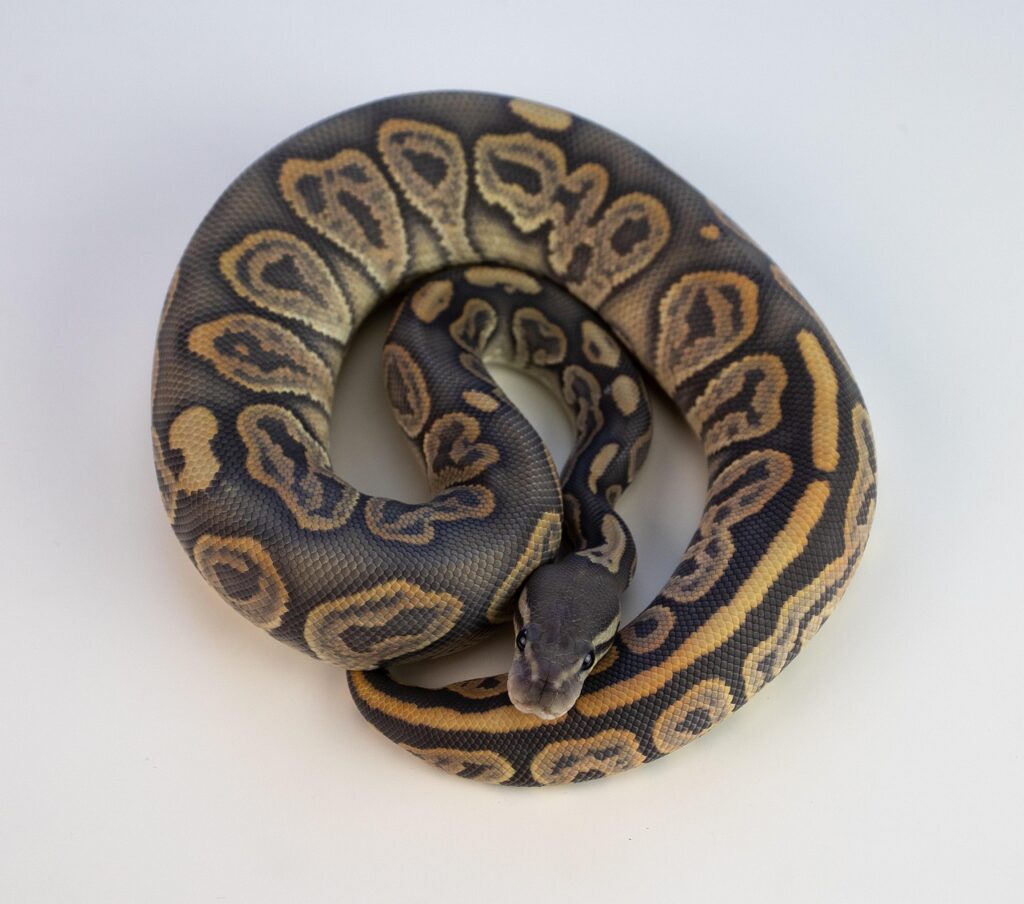
The ball python breeding industry represents a significant commercial enterprise, with high-end morphs sometimes selling for prices comparable to used cars. This financial element creates inherent tensions between profit motives and ethical considerations. Most breeders must balance business viability with animal welfare concerns, facing difficult decisions about production scale, housing systems, and which genetic lines to develop. Some breeders have found sustainable models that maintain high ethical standards while remaining commercially viable, often by focusing on quality over quantity and building a reputation for both exceptional animals and ethical practices. These operations demonstrate that commerce and ethics need not be mutually exclusive, though they often require accepting lower profit margins than high-volume approaches.
The Role of Transparency in Ethical Breeding
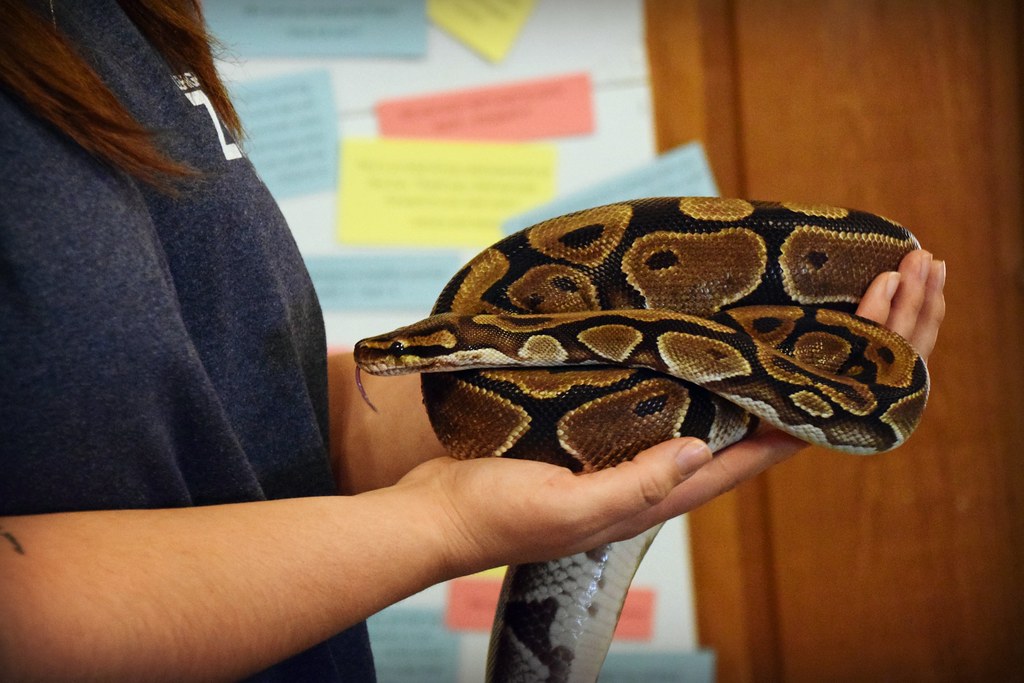
Transparency has emerged as a key factor distinguishing ethical breeders from problematic ones in the ball python industry. Responsible breeders willingly share information about their breeding methods, housing systems, and the genetic background of their animals, including any potential health concerns associated with certain morphs. They provide complete disclosure about an animal’s feeding history, behavior, and any special care requirements before sale. This transparency extends to showing actual photos of breeding facilities rather than only showcasing the most attractive specimens. In contrast, less ethical operations may obscure details about breeding conditions, downplay known health issues with certain morphs, or misrepresent animals to secure sales. This information asymmetry makes it critical for consumers to seek out transparent breeders who operate with nothing to hide.
Future Ethical Directions for the Industry
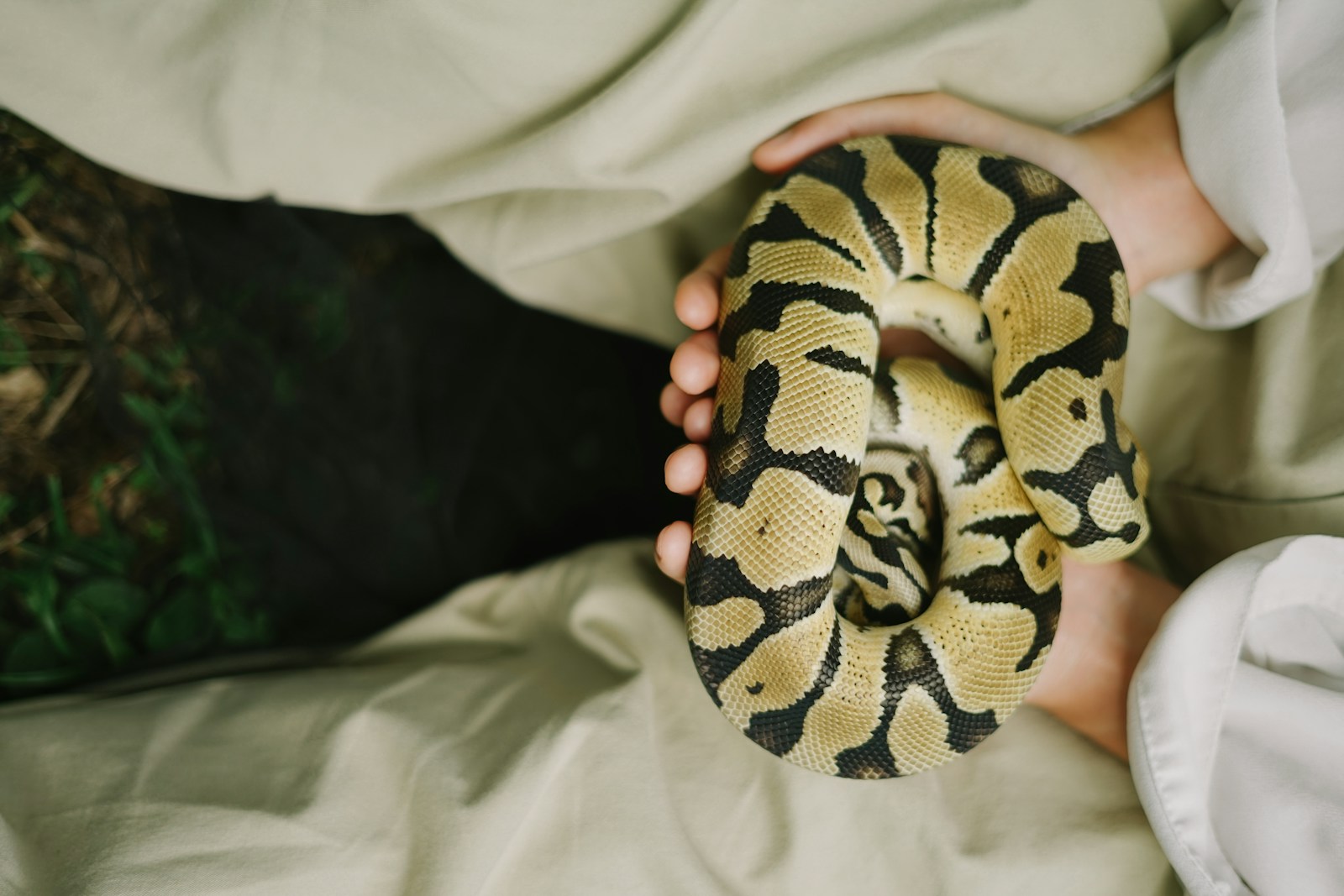
As the ball python hobby matures, various stakeholders are working toward more ethical approaches to breeding these popular reptiles. Advances in genetic testing are helping breeders identify carriers of problematic genes before breeding, potentially allowing for healthier breeding programs. Some breeding organizations have begun developing welfare certification standards that could help consumers identify ethically produced animals. Additionally, a growing movement within the community emphasizes creating enriched, naturalistic environments for breeding animals rather than utilitarian rack systems. Conservation partnerships between commercial breeders and organizations working to protect wild ball python populations represent another promising direction, creating a connection between the pet trade and wild conservation. These developing approaches suggest a potential path forward that balances human interests in these fascinating animals with serious consideration of their welfare and conservation.
Conclusion: Finding an Ethical Balance
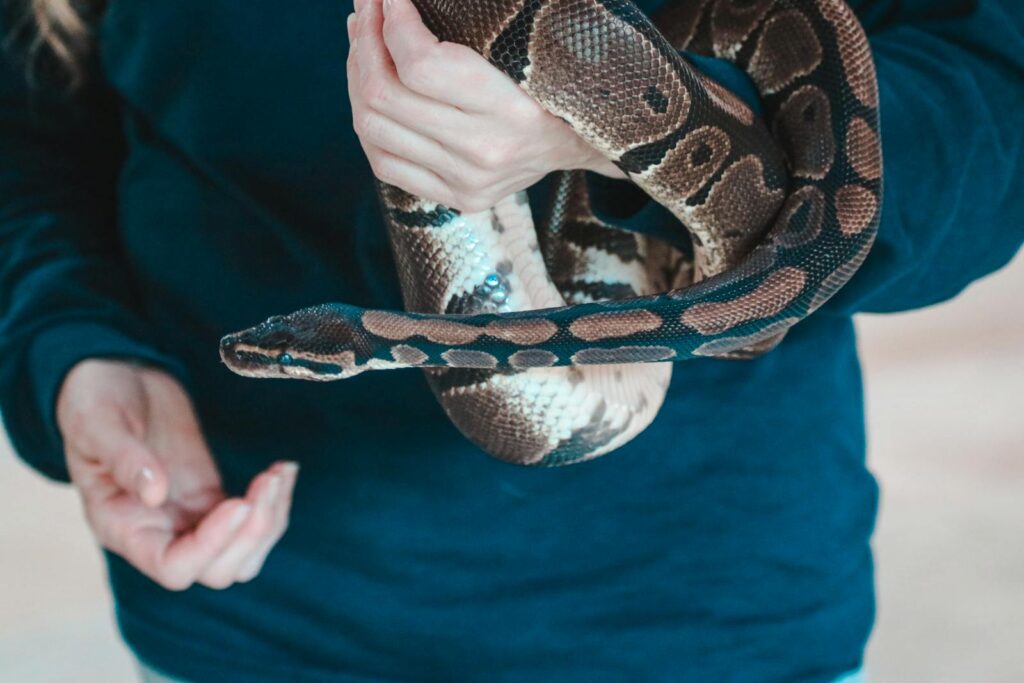
The ethics of ball python breeding cannot be reduced to simple pronouncements about what is right or wrong. Rather, it requires thoughtful engagement with complex questions about animal welfare, genetic manipulation, market forces, and human responsibility. Ethical breeding practices recognize ball pythons as sentient beings deserving of proper care and genetic health, not merely as commodities or canvases for genetic experimentation. For the industry to progress ethically, all stakeholders—breeders, consumers, veterinarians, and regulators—must participate in ongoing dialogue about best practices. By supporting breeders who prioritize animal welfare, avoiding morphs with known health issues, and advocating for higher standards, enthusiasts can help shape an industry that celebrates these remarkable reptiles while respecting their nature and needs. The future of ethical ball python breeding lies in finding this delicate balance between human fascination and animal welfare.

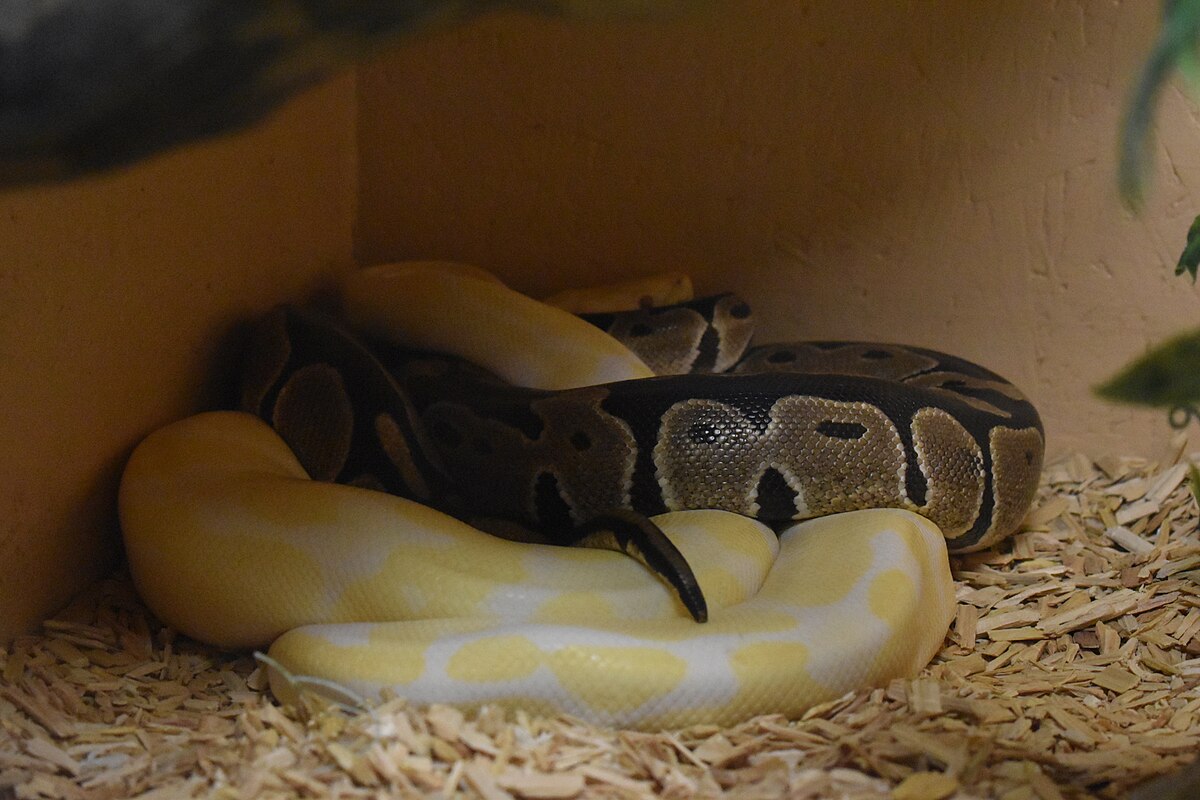
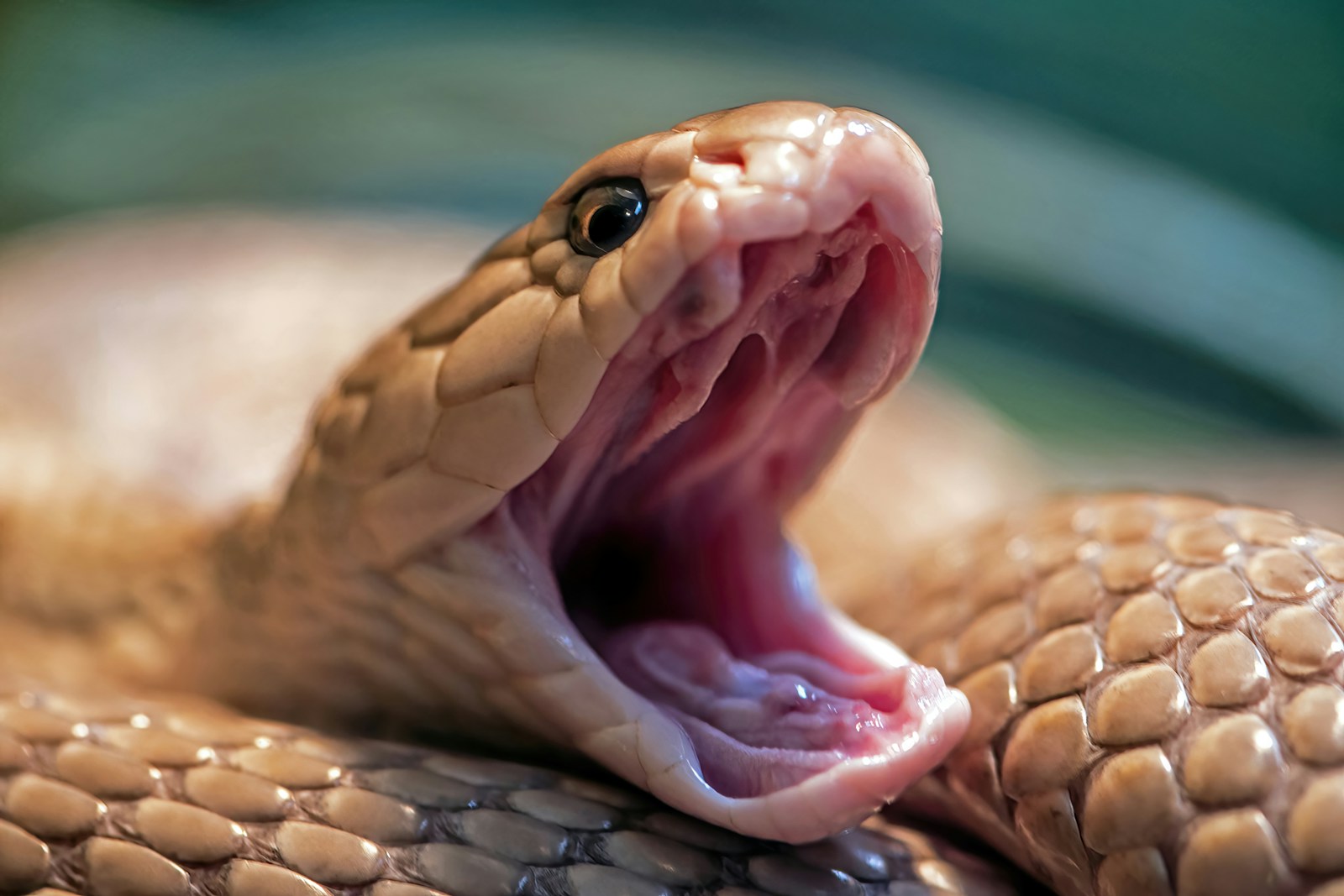


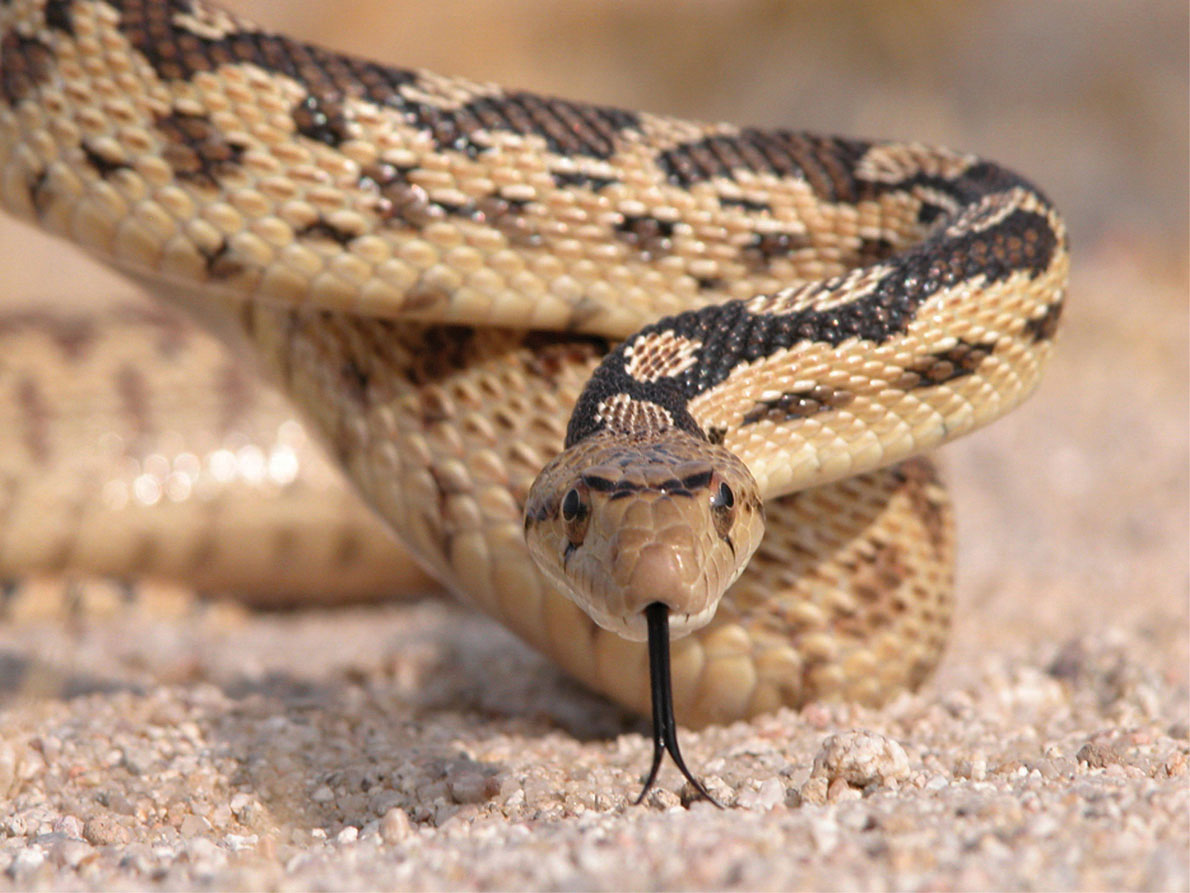
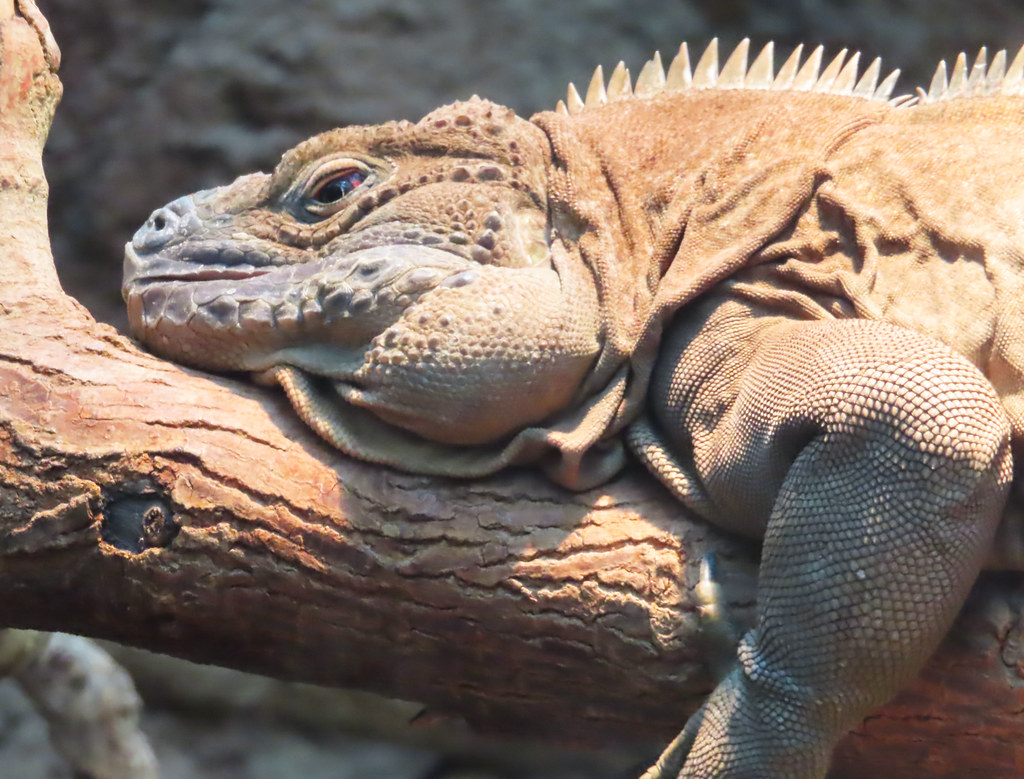


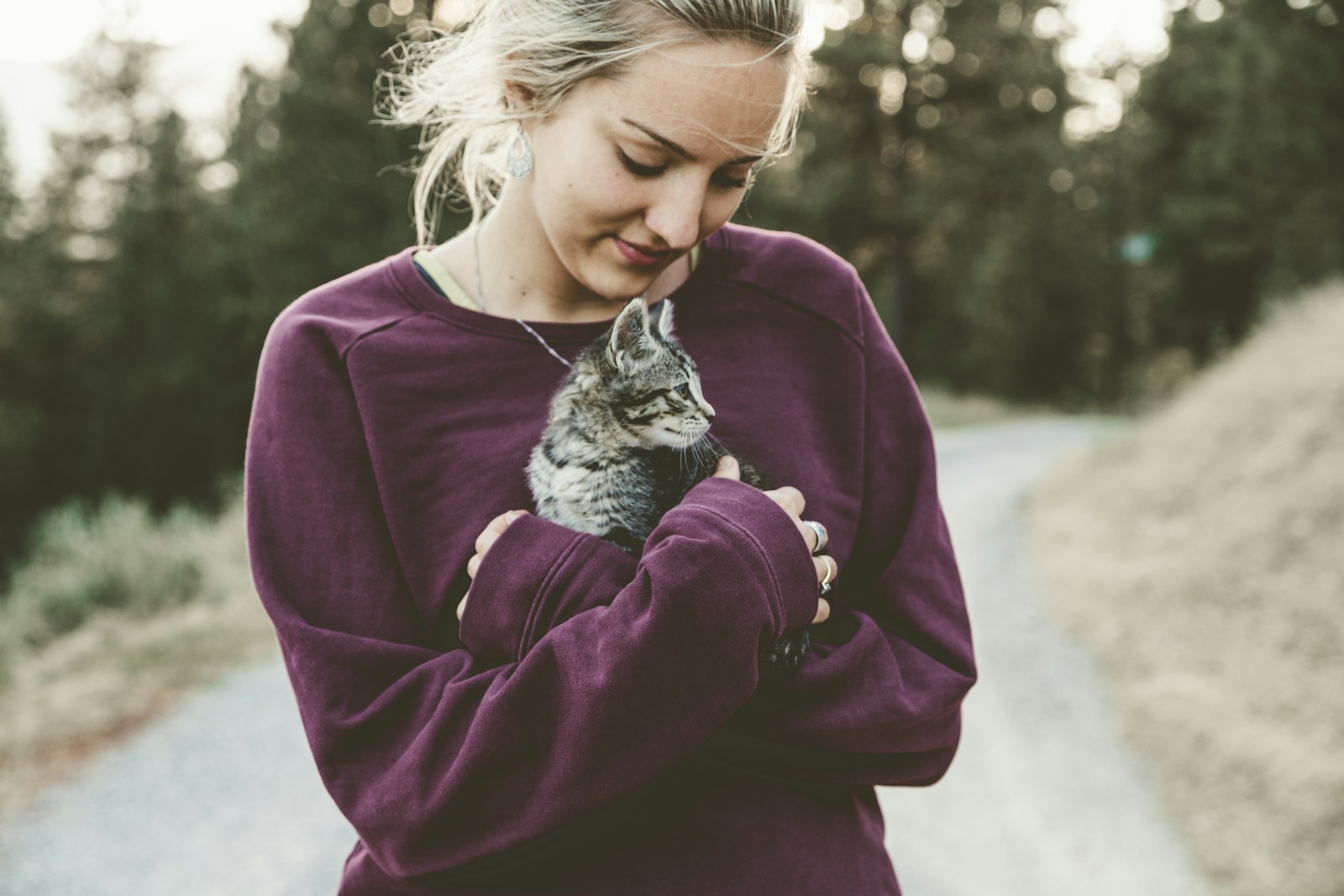
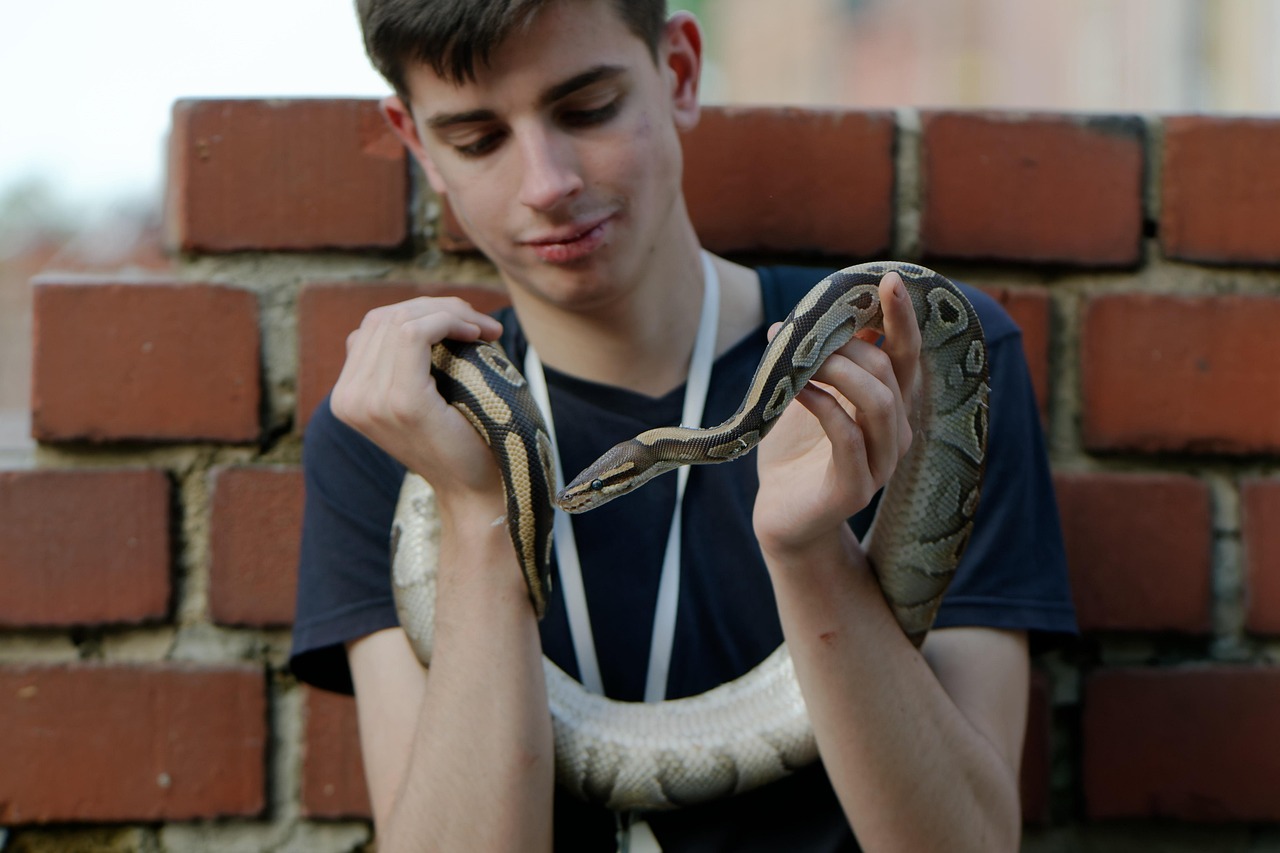





Leave a Reply